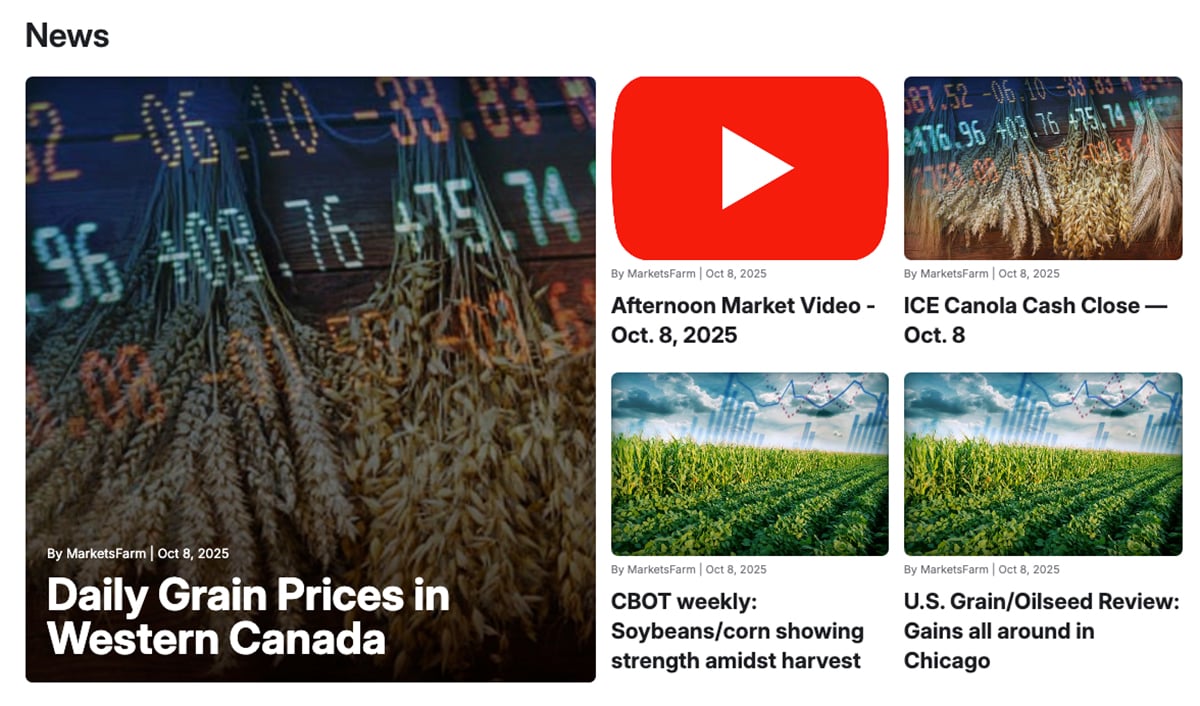The open market might cure farmers’ unhappiness with low and unpredictable returns for feed barley.
Analyst Harold Davis, an expert on market pricing structures, says barley price changes have generally lagged U.S. corn and often don’t do a good job of reflecting market dynamics.
However, price spreads and relationships should narrow now that the barley market is fully open.
“With an open market and more active arbitrage, those two will come to resemble each other a little bit more in price,” Davis said in a presentation at Grainworld.
Read Also

VIDEO: Catch up with the Western Producer Markets Desk
The Western Producer Markets Desk provides daily updates on agricultural markets, with recent video commentary including looks into canola, wheat, cattle and feed grains.
“Now that we will have more efficient pricing of barley, with a larger continental feed market, we may see a re-appraisal of barley values.”
Davis said prairie barley has generally traded in a 25 percent range compared to U.S. cash corn price changes: a valuation of 60 to 85 percent of the price of U.S. corn.
That’s a “big, fat value range,” Davis said, but it’s not the worst feature of the relationship. He said there have been times in the past five years when barley was worth as much as 120 percent of the value of corn and other times when it was as little as 50 percent.
Those extremes should fade now that the border is fully open, he added.
More barley trades freely now that the CWB monopoly is gone, moving back and forth across the border as local prices change.
“In an open market, where trucks can pass back and forth across the border, you’ll notice the strong convergence.”
Davis said he expects the range of barley prices compared to corn to narrow from 25 percent to perhaps 15 to 20 percent. That would give farmers more trust in the barley market because it would seem less divorced from price moves in the general corn-dominated North American feedgrain market.
Its value relative to corn might also increase if new or better uses are found for the crop now that it is trading more freely.
It could move up from 60 to 85 percent of the value of corn to 70 to 90 percent.
A better connection between barley and corn should make it seem a safer crop to farmers.
What could arise is the kind of situation that has long existed between barley prices in Saskatchewan and Alberta. Saskatchewan prices tend to be zero to 50 cents per bushel lower than in Alberta, with an average of 31 cents, Davis said. The spread never becomes huge because the two markets can be easily arbitraged.
The same should occur with the western Canadian and U.S. feedgrain markets because huge spreads and big price change lags are expected to shrink now that there is nothing to stop farmers trucking grain across the border.















